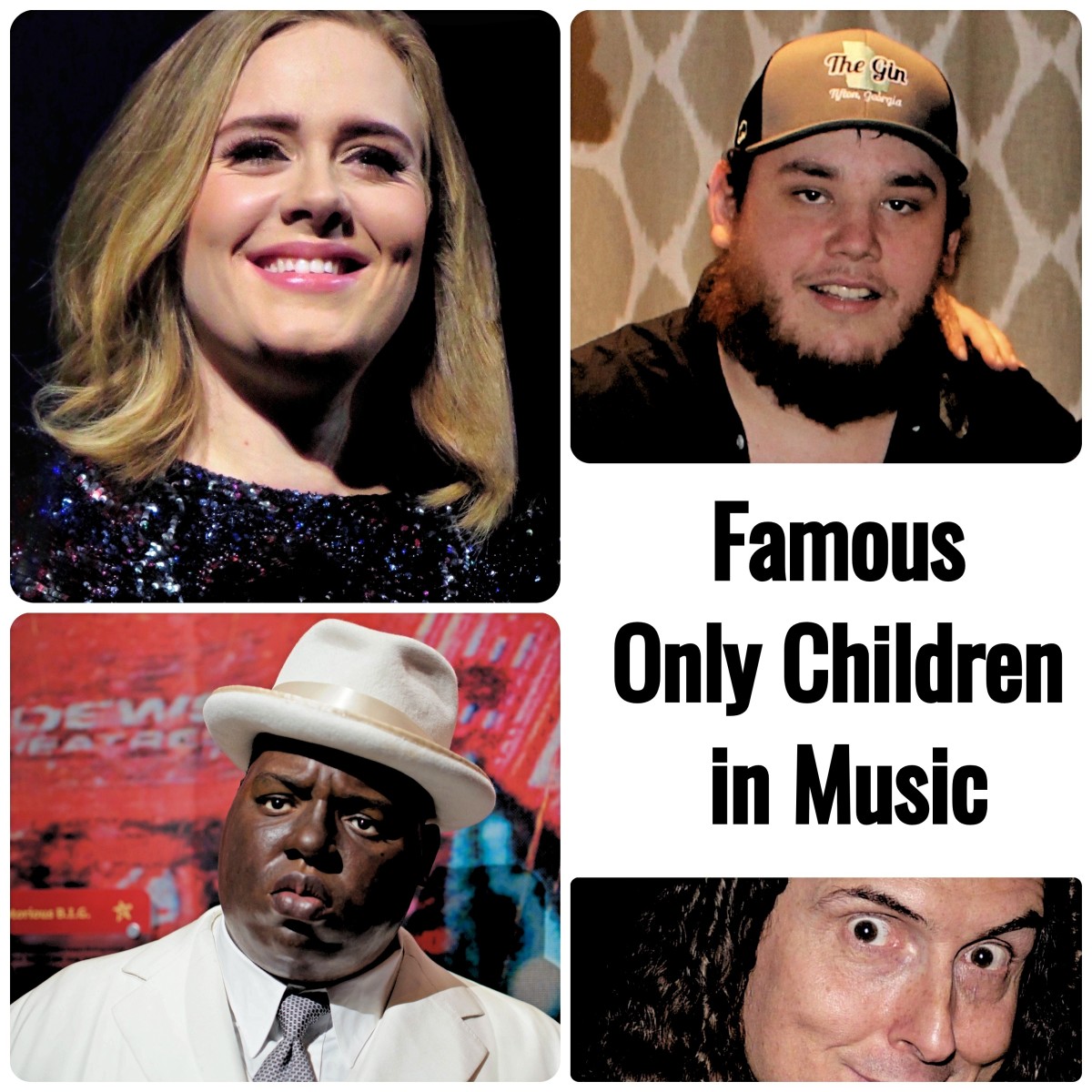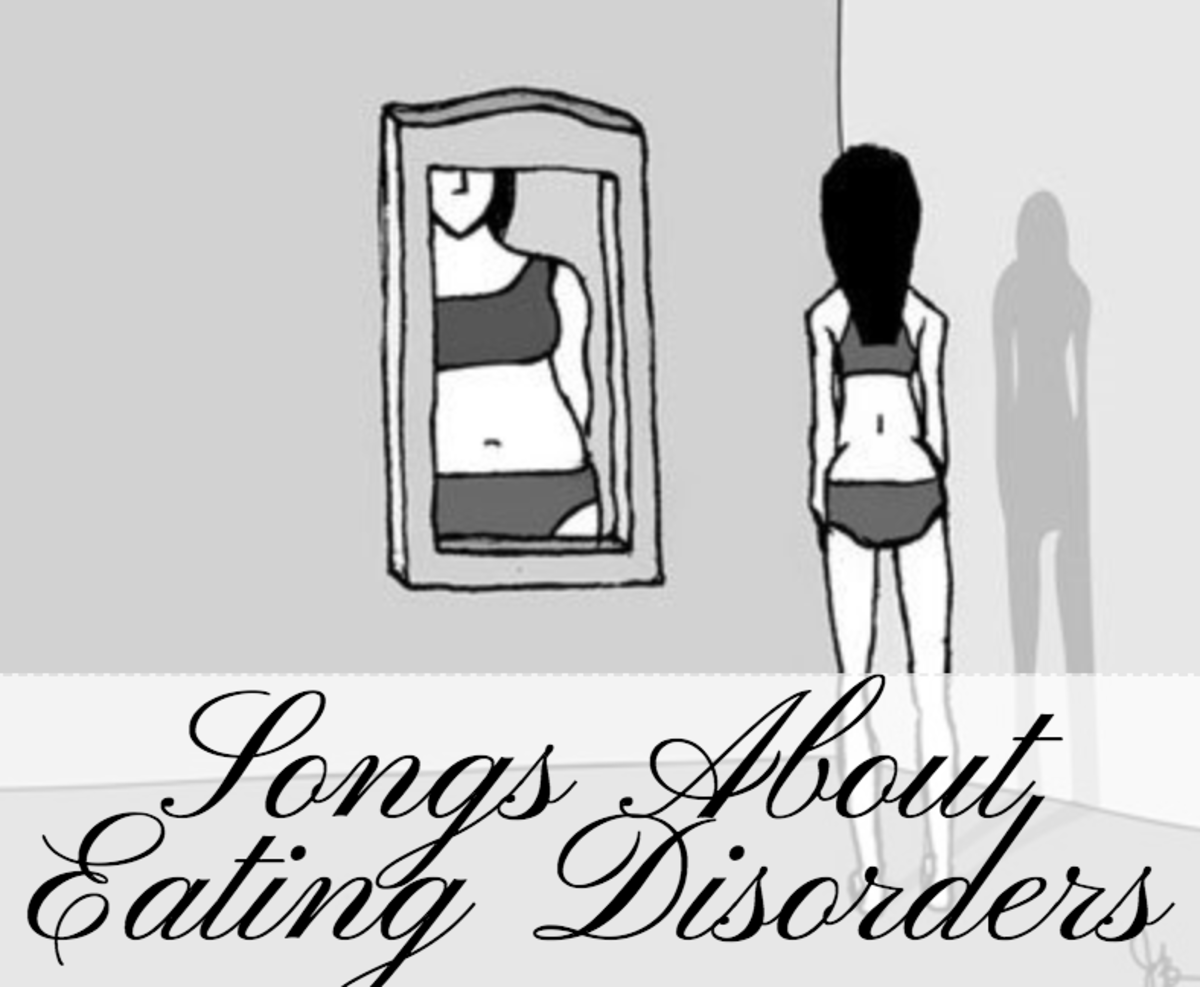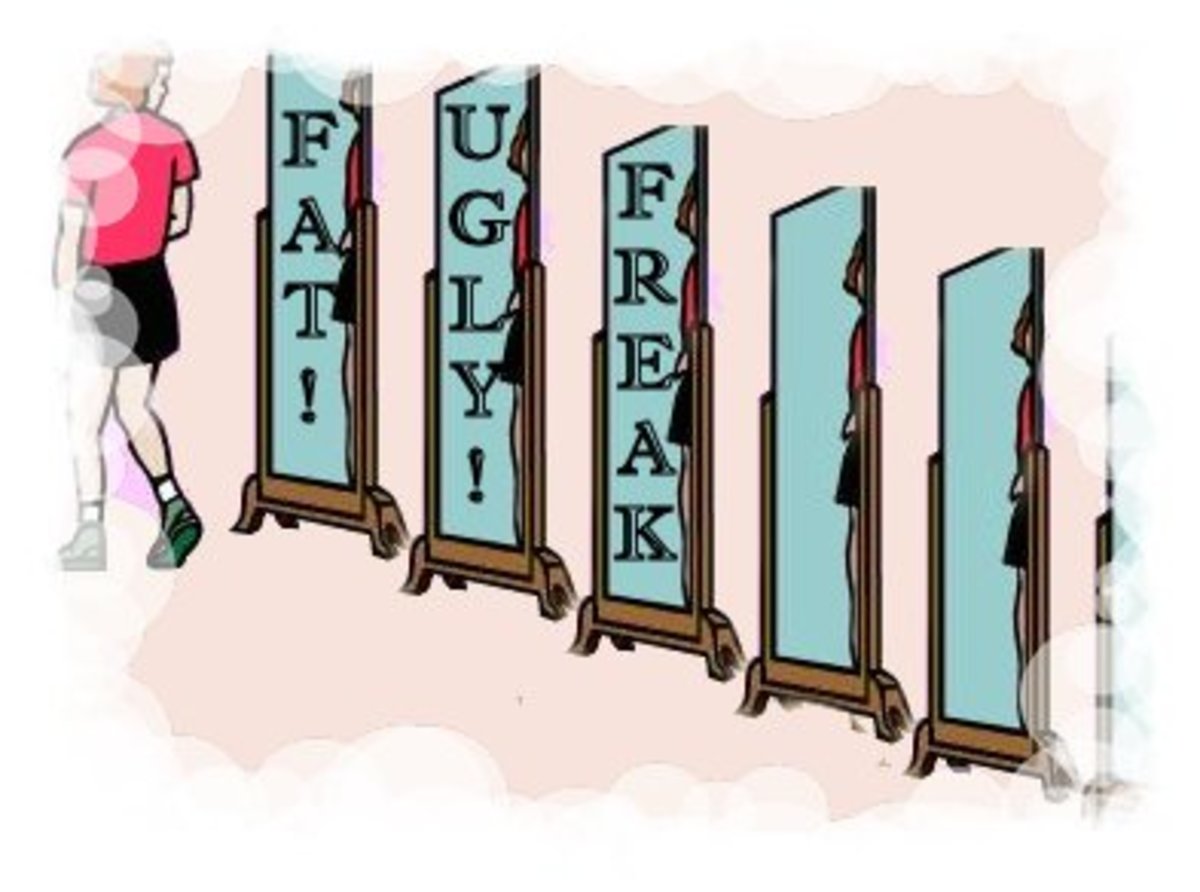- HubPages»
- Health»
- Mental Health»
- Eating Disorders & Mental Health
Anorexia Nervosa in Children

Anorexia Nervosa is an emotional disorder characterized by an obsessive desire to lose weight by severely restricting total calorie intake. While this disorder has typically plagued adolescent females, it has begun affecting children at younger ages, even girls as young as 6 years old. The increase in hospitalizations for anorexia nervosa in children under the age of 12 has increased by 119% in the years between 1999 and 2005, according to a study done by HCUP, Healthcare Cost and Utilization Project (there are no more recent statistics). The cause of this dramatic increase is the growing negative influence that the media has on young girls and their body image. While there are serious negative side effects for a child suffering from anorexia nervosa, the earlier the disorder is detected and treated, the better the chance of recovery.
Anorexia Nervosa in children often begins with an attempt to lose weight by eliminating fattening foods, certain meals and desserts, as well as other methods of limiting calories and may work in conjunction with increased exercise. Because anorexia is not something a parent might suspect, this weight loss may not be diagnosed as a disorder and go untreated. Physicians are beginning to look for the signs and symptoms of the disorder in younger children based on this increase.
Anorexia Nervosa is characterized by the refusal to maintain a healthy body weight, fear of gaining weight or becoming obese, body image distortion and undue reliance on body weight or shape for self-evaluation. The two subtypes include one characterized by dieting and exercise alone and the other also characterized by binge eating and purging. A child will be diagnosed with anorexia nervosa when there is a 15% reduction in body weight and a refusal to gain or maintain a healthy weight.
To be diagnosed with Anorexia Nervosa a child would need to:
· Be 15% below their ideal weight. If you suspect that your child is underweight, you should contact your pediatrician
· Have an intense fear of being fat, even though they are underweight
· Have a distorted view of their body or deny that their low weight is a problem
· May or may not also binge and purge
Factors that put children at a greater risk for Anorexia Nervosa are:
· Being the child of a divorce
· Marital or family conflict in the home
· Separation difficulty
· Fear of growing up
· Feeling the need to gain control
· Exposure to a family member that is dieting or has other issues with food

Some factors that precipitate Anorexia onset include:
· The birth of a sibling
· Bereavement over the death of a parent or relative
· Family discord
· Viral illness
· Peer, family or coach criticism about being fat
· The fear of becoming obese
· The onset of breast development
· Sexual abuse
· Sustained fear of choking while eating
· Anticipated fear of parental loss related to an ill or depressed parent
· The onset of a psychophysiological disorder such as ulcerative colitis
Signs of Anorexia may include:
· Eating tiny portions or refusing to eat
· Intense fear of being overweight
· Distorted body image
· Strenuous exercising that lasts for more than an hour
· Hoarding and hiding food
· Eating in secret
· Disappearing after eating, often to the bathroom
· Unnatural and/or rapid changes in weight, both up and down
· Social withdrawal
· Depression
· Irritability
· Hiding weight loss by wearing bulky clothes
· 3 consecutively missed periods
If you suspect your child has an eating disorder, consult your physician immediately.
Anorexia Nervosa, which has primarily affected adolescent girls and women, though sometimes adolescent boys and men as well, has now begun effecting younger girls. The onset age for the disorder has gone from 12-15 years old to 9-12 years old. This change in onset comes as a result of the continuously increasing pressure for younger and younger girls to meet idealized and unrealistic images of beauty. The media and culture join forces to create an unattainably skinny view of what being beautiful is. Since this media and cultural pressure is on the rise, the rates of young girls being affected by this disorder has and will continue to increase.
Anorexia Nervosa can have serious side effects that vary depending on the duration and severity of the disorder. Complications for children with anorexia nervosa can include the following:
· Growth retardation
· Delayed or arrested puberty
· Reduction of Peak Bone Mass – the side effects of anorexia nervosa will be worse if onset occurs before a child has attained peak bone mass. A high percentage of bone mass building takes place between the ages of 9 and 14.
· Hepatic steatosis – fatty infiltration of the liver, is an indicator of malnutrition in children.

Treatment for Anorexia Nervosa
The first stage of treatment for a child with Anorexia involves working on improving eating habits. The second stage will continue to focus on improving eating habits along with self-esteem, social and family interactions, as well as any other medical or psychological problems which may exist. Treatment for Anorexia Nervosa can take years.
While hospitalization is most often necessary for treatment, healing and therapy will continue to take place at home following a hospital stay. Therapy for both patient and family then, is a critically important aspect of a successful recovery.
Alarming Statistics
- 81% of 10 year olds are afraid of being fat. (Mellin et al., 1991)
- 51% of 9 and 10 year old girls feel better about themselves if they are on a diet. (Mellin et al., 1991)
- 50% of girls between the ages of 11 and 13 see themselves as overweight.
- With treatment, about 60% of people with eating disorders recover.
- 5 – 10% of anorexics die within 10 years after contracting the disease.
- 18 - 20% of anorexics will be dead after 20 years.
- Only 30 – 40% ever fully recover.
- An estimated 10 – 15% of people with anorexia or bulimia are males.
* Source - South Carolina Department of Mental Health
© Copyright 2012, Tracy Lynn Conway, with all rights reserved.








